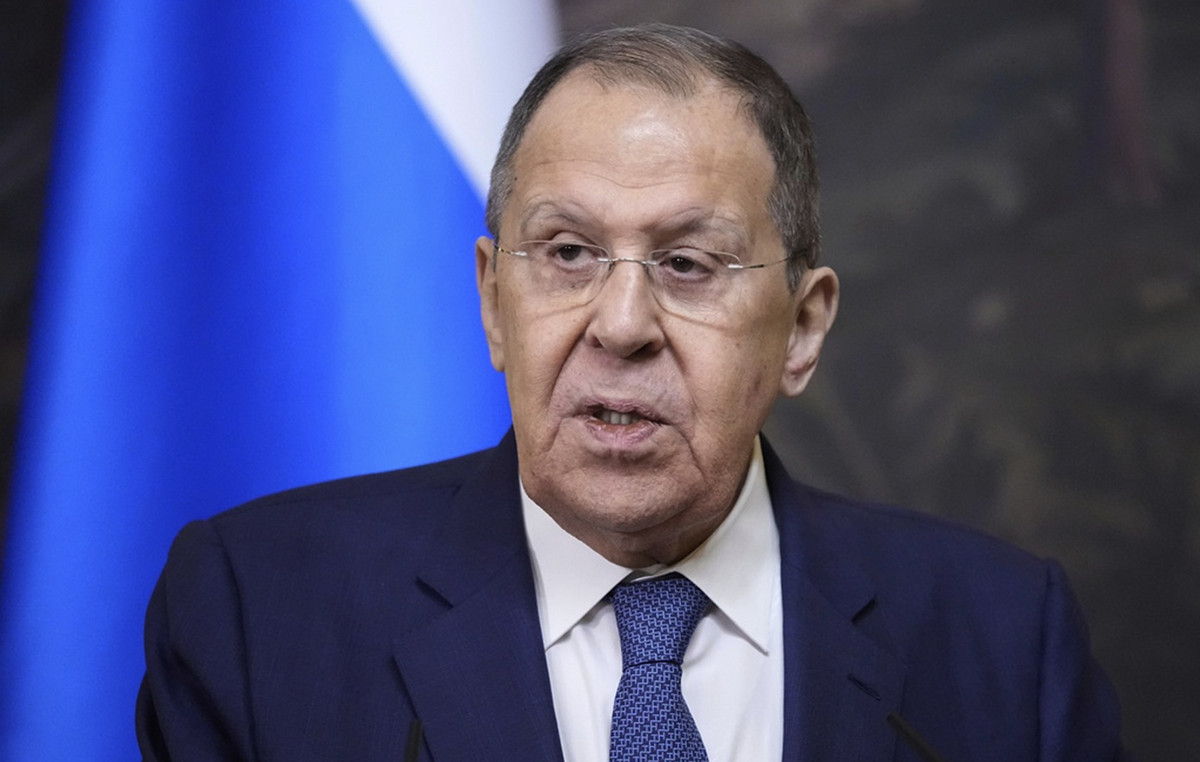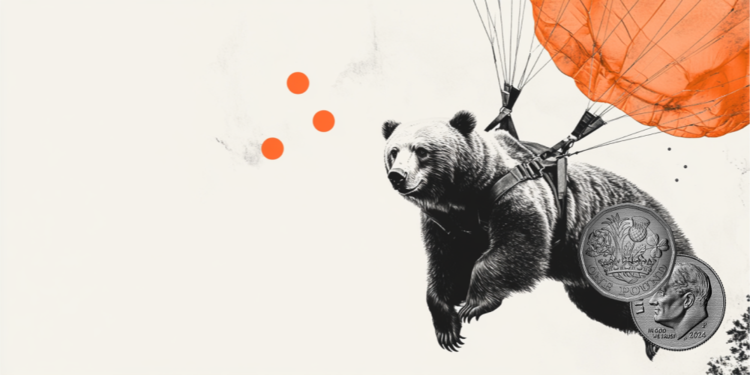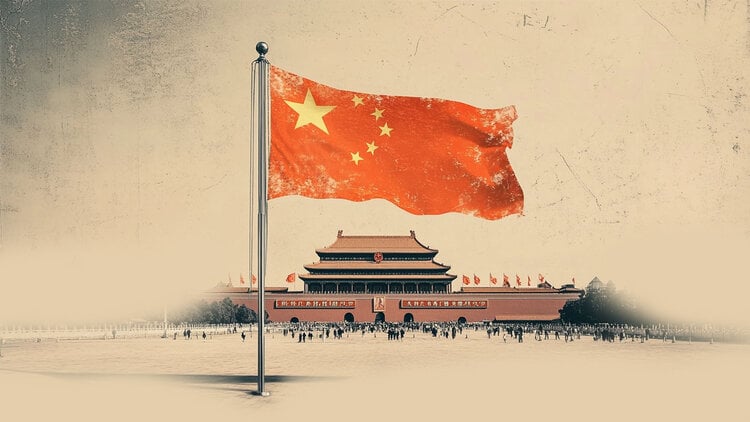Never as in this conclave it is difficult to identify the name of the future Pope. We start from the numbers and this is already a first rebus. The cardinal voters, or under the age of 80, would have been 135 on paper, but 133 will enter Sistine: before even the funeral, in fact, the flat rate for the health reasons of the Spaniard Antonio Canizares and the archbishop emeritus of Sarajevo Vinko Puljic arrived. To have the new Pope, the majority of two thirds serves and therefore 89 votes are needed. But the magical number could falter if we consider the still outstanding case of Cardinal Angelo Becciu – who at the moment does not appear between the list of voters following the decision of Pope Francis to revoke the cardinal prerogatives – and other purple may not arrive in the Vatican for reasons of opportunity. The Congregation of the Cardinals will decide to admit or not Becciu in conclave.
Who goes in conclave
They arrive, the cardinal voters, from 71 countries around the world. A record number reached after the last Constoro wanted by Pope Francis on December 8, 2024 which brought the Sacred College to the number of 252 purple, not all voters because they are 117 over the age of age. Cardinals created and the result of ten concistors called under the pontificate of Jorge Mario Bergoglio, with more than half of the voters belonging to orders and religious congregations. To elect the new pontiff for the first time will be cardinals from countries and dioceses to date excluded or considered “suburbs” such as Serbia and Iran, Indonesia and Philippines.
16 cardinals arrive from the Italian diocese, even if it is necessary to include among the “Italians” purple at the helm of reality outside the peninsula, such as the patriarch of Jerusalem, Pierbattista Pizzaballa and the ordinary of Mongolia, Giorgio Marengo, who at just 50 years old is the youngest to enter Sistine. The old continent will count 54 purple while Latin America is represented in Sistine by 22 cardinals; Asia has 22, Africa 18, North America 16 and Oceania 4. Italy is the first nation to be represented, to follow the USA with 10 and Brazil with 7.
The first unknown on who will be the future Pope, therefore, lies in the high number of voters (with Ratzinger and Francesco the quorum was 80 votes) but above all the little knowledge among the candidates. Another element concerns the fact that on the numbers the current conclave turns out to be Bergogliano, that is, with cardinals appointed by Francesco: 108 were in fact created by the Argentine pontiff. So is there a pontificate of continuity or with surprises? Will it be a short or long conclave? Will it be a transition pope or wider breathing?
Italians
This is the scenario that is preparing to live the Church today and the cardinals called to vote on the new Pope, in addition to relying on the Holy Spirit, will have to deal with the character, health conditions and gleanings of the different profiles. On the table, at the moment, the name that seems to unite everyone, from progressives to traditionalists – a sort of centerist of the church – is Pietro Parolin. Several would seem the points in his favor: a Pope who would return to being Italian after three foreign popes, a great diplomat, known by most cardinals. It would embody the name of synthesis that would satisfy the different souls of the Church. Settantanni, as well as for his work as a secretary of state, knows Latin America very well thanks to the assignment had as a nuncio in Venezuela. In recent years he has brought the Vatican closer to China, holding a hand to the eastern world. But as they say: whoever enters Pope comes out cardinal and the impression is that this time too it can happen like this.
The front of the progressives, however, could be represented by the President of the CEI, Matteo Zuppinatural heir of Francis. Very attentive to the themes that represented the workhorse of the Pontificate of Bergoglio, the Archbishop would bring to himself the votes of the whole world of Sant’Egidio. Attentive to the poorest, to migrants, to him the Pope entrusted the mission of his delegate in Ukraine, to find peace routes after the Russian invasion. His operation of facilitating the return of Ukrainian children from Russia. Weak point: the Italian Church is not a single block towards its figure, but is split.
Third Italian (but not of importance) is the cardinal Pierbattista PizzaballaPatriarch of the Latins of Jerusalem. Fifty -nine years old, man capable in economic and government management, son of Pier Luigi Pizzaballa’s cousin, goalkeeper of Atalanta of the sixties and seventies, with an unobtainable figurine. The cardinal has long spent to try to mediate between the Israeli and the Palestinian people. He expressed himself in defense of the Palestinians of Gaza, still maintaining good relations with the Israeli authorities. Two points against him: too young (the cardinals seem oriented to a transition papacy) and too “political”, for his delicate position in a bloody land.
Foreigners
But more than talking about papabili, it would be more right to talk about “pope-maker”, that is, those figures that could indicate a candidate and direct the votes towards that figure. A sort of primary. And so, for the wing of traditionalists and Europeanists, there could be the archbishop of Budapest, Peter Endo72 years old. Considered a great intellectual, it opposes the optional celibacy of the Sacedotes and is a convinced pro-life. He strongly opposes homosexual unions and defends the values of Christian Europe. Any point of disadvantage: his political support to the Government of Orban.
It would instead be the Cardinal Lussemburgian Jean Claude Ollellerich The leader of foreign progressives. He could “launch” the candidacy of the Maltese bishop Mario Grech, 68 years old, secretary general of the Synod of the bishops. In the last three years he has been able to meet all the cardinals and representatives of the Catholic Church who came to Rome for the synod on synodality. Mediator among the requests of an open and solidarity church and the recognition of the concerns of the conservatives, could be the real surprise of the conclave.
From Asia the first pope of history could come out with Cardinal Filipino Luis Antonio Tagle67 years old. Man of Curia, progressive but not too much for some of his more traditionalist positions, such as the rejection of a law on reproductive health in the Philippines. On several occasions he expressed himself hard against abortion and euthanasia, claiming that there are situations in which universal moral principles do not apply, such as communion for couples who coexist in marriage but without a sacramental marriage, and issues related to homosexuality.
The latest conclaves gave surprises, such as the election of Karol Wojtyla in 1978 and that of Jorge Bergoglio in 2013. The 2005 conclave, however, was what had the most “expected” outcome with the election of Joseph Ratzinger. Like every conclave there is the suggestion of the first African Pope in history. In this sense, one of the favorites could be Fridolin Ambongo Besungu65 years old, archbishop of Kinshasa. He is the only African cardinal in the Council of Cardinals, the advisory committee created by Francesco. “Africa is the future of the Church”said in an interview of 2023. Will it be time for a black Pope?
Source: Vanity Fair
I’m Susan Karen, a professional writer and editor at World Stock Market. I specialize in Entertainment news, writing stories that keep readers informed on all the latest developments in the industry. With over five years of experience in creating engaging content and copywriting for various media outlets, I have grown to become an invaluable asset to any team.







